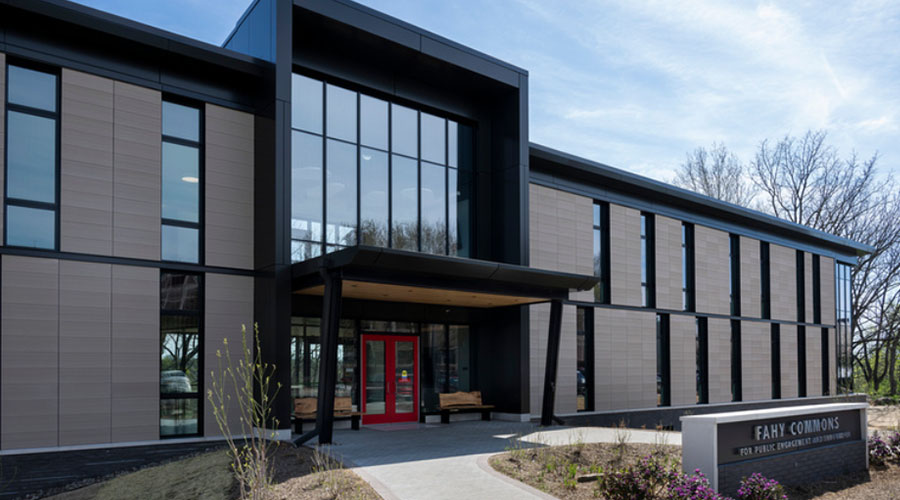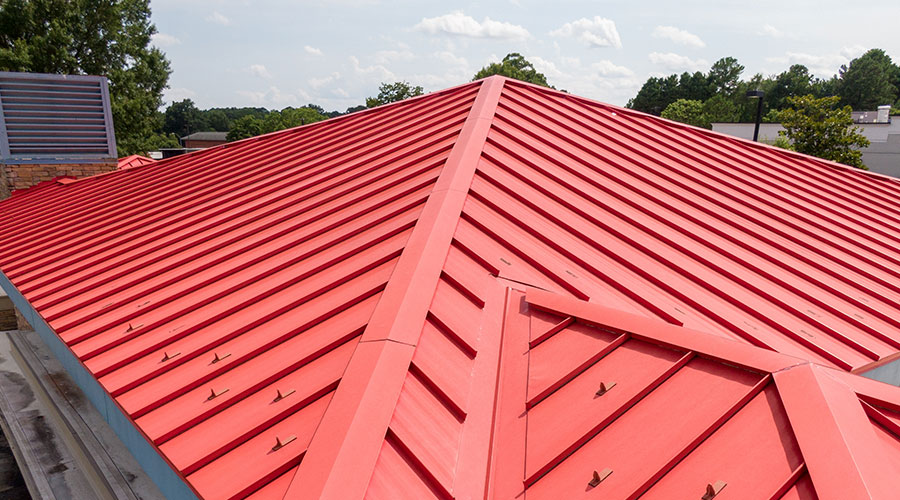Understanding the Roof Consultant's Role in Roofing Selection
Roof consultants can help FMs evaluate roof conditions and select a whole system that meets the particular requirements of an individual building.
As roofs become more and more complex and technically intricate, the days of picking and choosing from multiple manufacturers and untested assemblies is really at its end. The need to evaluate the roof conditions and design the whole system as a unit becomes more and more of an imperative, not a choice.
What is involved in the whole system design? In no particular order, good designers should be aware of the owner’s requirements including (but not limited to) budget, insurance requirements such as FM Global, contractor’s use of the building for utilities and sanitary facilities and the owner’s investment goals for the building. An experienced and knowledgeable consultant will understand and code factors that need to be addressed including fire ratings, wind uplift pressures, drainage calculations and positioning, determination of additional drainage required, slope mandates, zoning laws that govern such things as appearance and colors, and will know where the boundaries are for building department jurisdictions where there may be a difference in building code. The roof designer should be able to provide investigative testing, calculations, and evaluations needed prior to designing the roof. They must be able to understand the need for and coordinate different consultants’ expertise for investigations and calculations, including having the licenses that may be required to perform these tasks. The roof designer must recognize the need for coordination of various construction trades during installation that arise from the normal installation of a roofing system and even more so for the use of a roof as a platform for other expectations. The roofing system designer should know how to use the calculations for the roof design in evaluating product approvals and, when applicable, FM Global requirements. And to add to all of this, he or she should still be able to choose products that are most appropriate to the existing building construction.
Karen L. Warseck (kwarseck@buildingdiagnostics.com), AIA, LEED AP, is a registered architect and president of Building Diagnostics Associates, a Hollywood, Fla., architecture firm that specializes in investigating the causes of cracks and leaks in roofs and walls of existing buildings and designing remedial construction to fix them. She is a contributing editor for Building Operating Management.
Related Topics:















